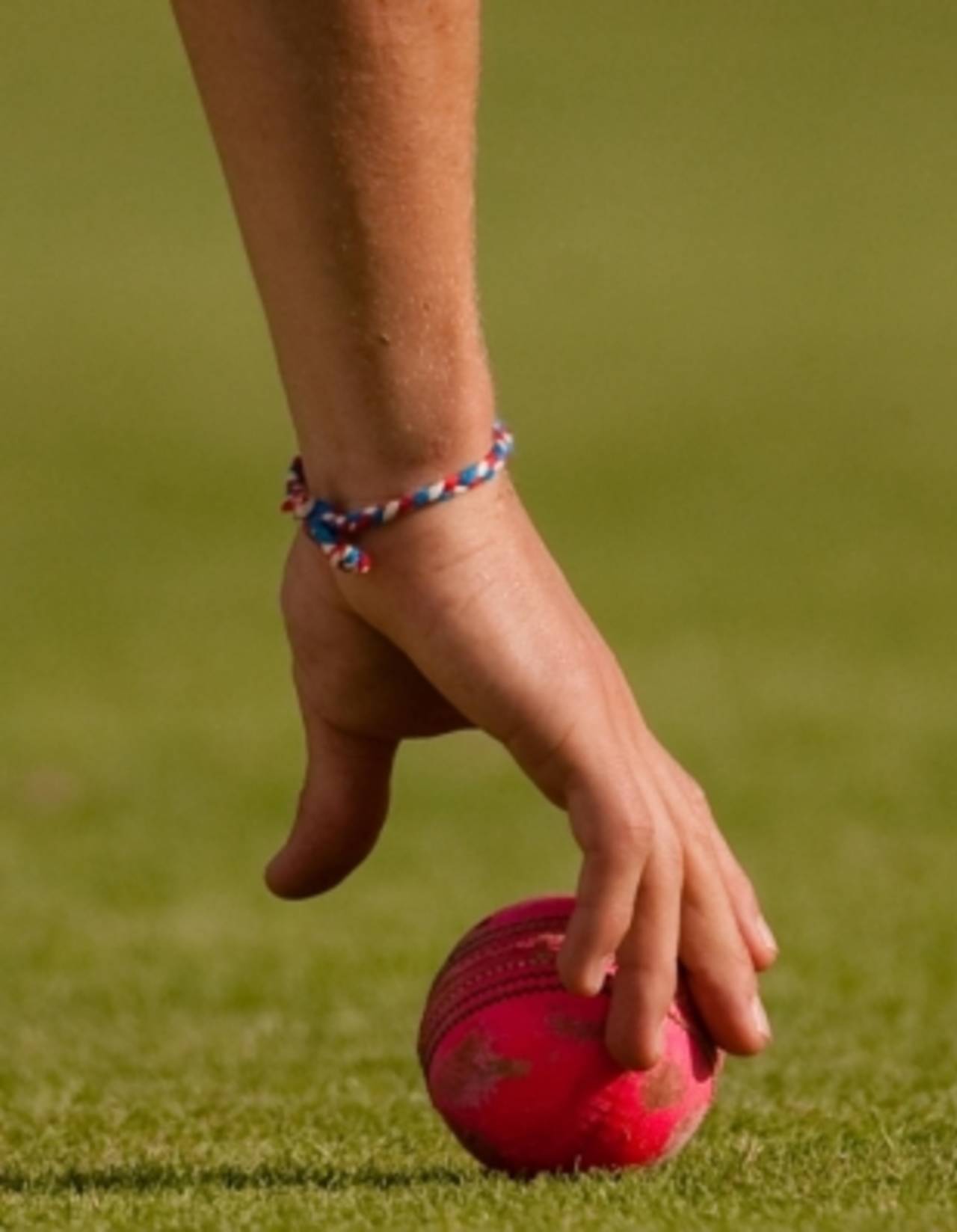Floodlit Test matches could become a reality within two years if another 12 months of trials in first-class cricket are successful. The ICC Cricket Committee, which held a two-day meeting at Lord's, recommended that the pink ball should be used in Intercontinental Cup matches and domestic competitions to ensure it can last 80 overs, but the committee is confident that day-night Tests are getting closer.
The trials over the past two years have shown there is little difference between pink and orange balls, and the former version will be the one taken forward. "If the reports coming back are that the ball keeps its condition and colour then I think we will be in a position this time next year to select a couple of venues and trial a day-night Test," Dave Richardson, the ICC general manager of cricket, said.
Now the committee, which makes recommendations to the ICC chief executive committee and board, wants countries to use the pink ball for at least one round of their domestic first-class tournament over the next year. That would mean it appearing in competitions such as the Sheffield Shield, County Championship and SuperSport series. So far, day-night matches of multiple days' duration have been staged in Pakistan and Australia along with two MCC champion county fixtures in Abu Dhabi.
"We've spent a lot of time over the last 24 months trying to develop a ball and to start with we didn't know whether it should be pink, orange, yellow or whatever," Richardson said. "Now we've crystallised that there's not much difference between the pink and orange balls and it was a question of finding a ball that could retain its colour throughout 50-80 overs.
"In the Abu Dhabi match it did, but the conditions were fairly benign, the outfield was a good one, there was no dew and the balls stood up well. We decided we needed further trialling in multi-day competitions. "
The one significant issue to overcome appears to be the impact of dew, which could impact the venues that are able to host floodlit Tests. It has often been seen in one-day internationals how a team bowling second second under the lights can be severely handicapped by a wet ball and it can make the toss too influential on the outcome. "We were worried by the dew factor," Clive Lloyd, the committee chairman, "if one side bowls first and other bowls at night it could be with a bar of soap."
Richardson added: "The venue still needs to have decent lights, somewhere like Lord's, Sydney or Abu Dhabi. You also need to play it at a venue, and time of year, where dew isn't going to come in a seven o'clock. You can have the best ball in the world but it would be unfair in those conditions."
The push behind floodlit Tests is largely to try to bring crowds back to the game in countries where they have severely dwindled, although Richardson believes all Full Members will be interested in trying the concept.
"I'm not as pessimistic as some when it comes to needing to save Test cricket," Richardson said. "I do think it affords the board the opportunity to play Test cricket when more people are available to watch and also commercially it can be more valuable to play at those times of the day; the prime TV viewing time in the evening."
The hope is floodlights will bring people through gates, but as always television isn't far from the equation.
Andrew McGlashan is an assistant editor at ESPNcricinfo
